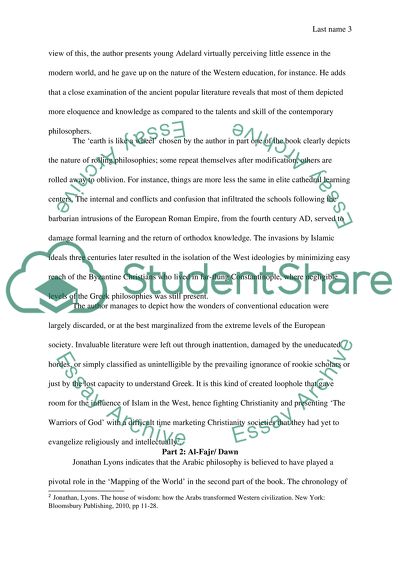Cite this document
(“House of Wisdom by Jonathan Lyons Book Report/Review”, n.d.)
House of Wisdom by Jonathan Lyons Book Report/Review. Retrieved from https://studentshare.org/history/1441329-house-of-wisdom-by-jonathan-lyons
House of Wisdom by Jonathan Lyons Book Report/Review. Retrieved from https://studentshare.org/history/1441329-house-of-wisdom-by-jonathan-lyons
(House of Wisdom by Jonathan Lyons Book Report/Review)
House of Wisdom by Jonathan Lyons Book Report/Review. https://studentshare.org/history/1441329-house-of-wisdom-by-jonathan-lyons.
House of Wisdom by Jonathan Lyons Book Report/Review. https://studentshare.org/history/1441329-house-of-wisdom-by-jonathan-lyons.
“House of Wisdom by Jonathan Lyons Book Report/Review”, n.d. https://studentshare.org/history/1441329-house-of-wisdom-by-jonathan-lyons.


